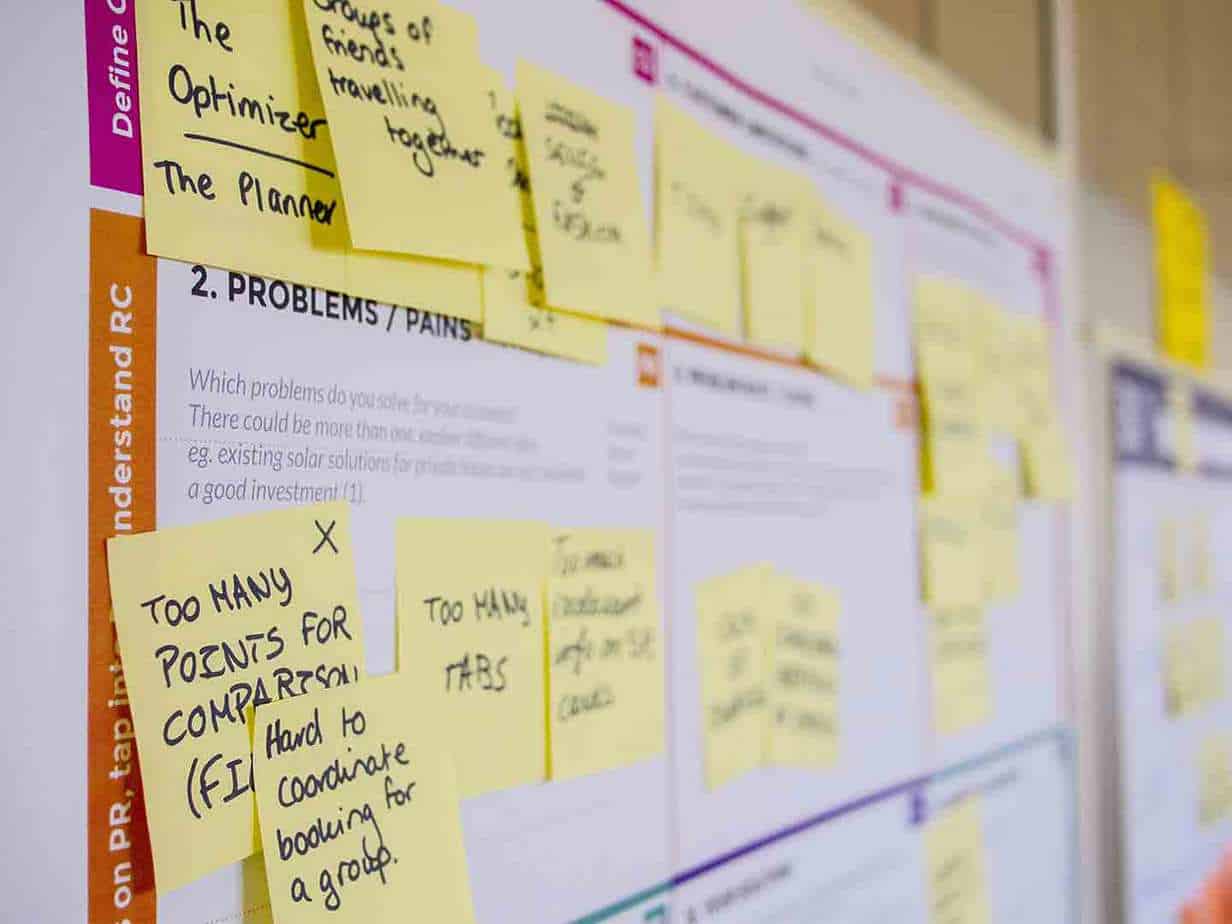The economy may be gradually reopening across our country, but not everyone will be rushing back to the office. As a result, agile teams that had been used to working together in person will need guidelines to thrive in the extended remote work situation. Research published in the Harvard Business Review and shared in a McKinsey report shows that agile team members struggle when they work from home.
The Reason for Agile
The point of an agile team is to work closely together and stay focused on tasks until they’re complete. These teams work best when they’re tackling projects that must be finished by a specific deadline. Often, the projects represent a big shift from what the organization has been focusing on.
To maintain cohesiveness and focus, agile teams typically assemble for quick stand-up meetings on a daily basis. When led effectively, team members report on their progress, identify roadblocks and rely on each other for suggestions on how to keep the project moving forward.
Working from home drastically changes team member dynamics. Agile workers report the following concerns:
- Relationships would improve with more team communication 80%
- Worried they’re not being treated equally by co-workers 52%
- Worried that co-workers are saying negative things ‘behind their back’ 41%
Communication Success
Video chat tools can mean the difference between success and failure for agile teams that are working in remote locations. Once you’ve enabled all members with the tech tools they need for video chat, reassure everyone that nobody’s judging them for their home environment. To ease the worries of some team members, you’ll need to build time for some fun into the schedule. Encourage everyone to come up with their own virtual background as a way to get them to open up about themselves. While this approach goes against the need for efficiency, which is key for agile success, it speaks to the need for human contact and acceptance as a group member.
Some in-office practices are easy to duplicate. Meeting briefly each morning for coffee can be done virtually. Be prepared for the meeting to last longer than usual though, as technical glitches will happen.
The point of many agile team meetings is to agree on who is responsible for what task. Your team members may be comfortable with the in-office stand-up meetings when they all hear and understand what’s been agreed on. Virtual meetings of this kind represent a big shift. Experts suggest that one individual take responsibility for documenting what happened during the meeting and then posting the information in a team folder in the office video chat tool. That way, each person can access the document when necessary.
Agile Teams and Engagement
“Working remotely, they [team leaders] need to be closer — and more proactive at — guiding their own team members.” There’s a fine line between overwhelming your employees with communications and providing the right level of support. The last thing you want to do is ignore your agile teams. Check in frequently on video chat and read the visual cues they’re sending you. Then adjust your level of outreach as necessary.

